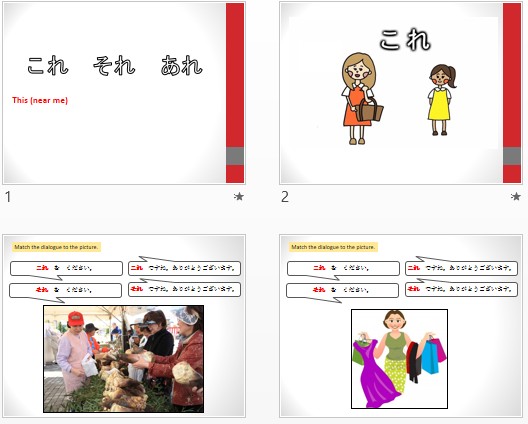

Shikashi, kare-tachi wa shiitsu o nuidara, daremo inakatta desu yo! Obake no kasou o shite iru hito ga imashita. Let’s look at some examples.ĭaitouryou wa ansatsu saremashita. The meaning is more akin to “however” in English.

Shikashi is used mostly for writing and formal speech. Now, let’s look at the more formal shikashi.
KORE MOU JAPANESE HOW TO
Here are some examples of how to use demo when saying “but.” While it’s usually discouraged to begin a sentence with “but” in English, in Japanese it’s quite common. It’s perfectly fine to default to this word until you feel more comfortable with the language. でも ( Demo ):ĭemo is the easiest “but” word to remember for beginning Japanese speakers. Let’s explore these words in more detail below. Kedo is used in both formal and casual situations, and keredomo is formal. They can also appear at the end of a sentence to express humbleness or to soften the blow of a statement. Kedo and keredomo most commonly appear in the middle of a sentence. Demo is used in more casual conversations, and shikashi is used in more formal speech and writing. It also depends on whether we’re using the word at the beginning, middle, or, yes, end of the sentence.ĭemo and shikashi most commonly appear at the beginning of a sentence.

When connecting two opposing statements in English, we use the words “but” or “however.” In Japanese, however, the word we use depends on the level of formality in which we are speaking or writing.


 0 kommentar(er)
0 kommentar(er)
